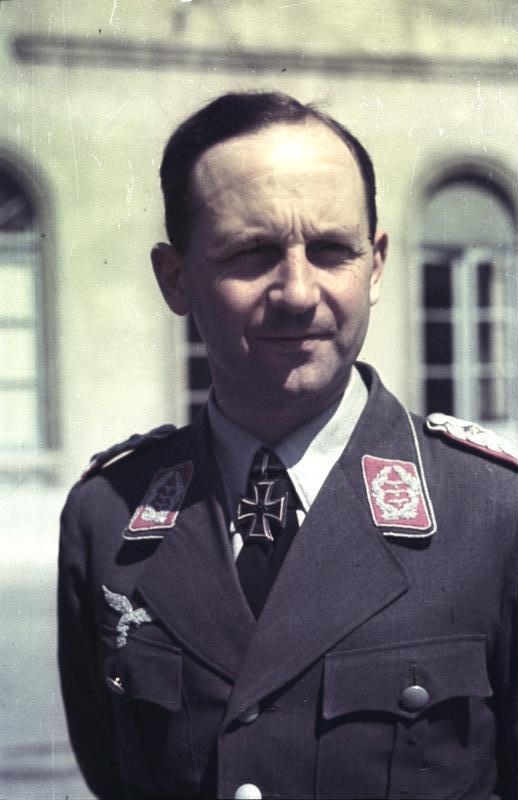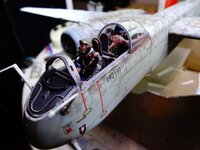- Thread starter
- #41
Kalakan
Senior Airman
Hello again my friends. After being busy at work, I've been working on the kite only at night when I can. But advance has been achieved so far in the weathering effects.
I want to present this kite as a A-0 version, that found its way till the end, presenting the inherent weathering in its surface as can be appreciated in the next images:
Here the kite was assembled in order to weather and stain the upper surfaces where the mechanics work in the engines, as well as in the ammo deposits. This finish was obtained using the Tamiya Brown Panel Line accent color, as well with washes, oils and pencil colors

So far the pilot and bord funker has behaves well and in fact was a closed fit, and all the desired details are visible even though with a closed cabin as you will see...

I just love the look of this kite...



Some sanding has to be applied in the cockpit frame...



That's all for this week and hope that during this weekend I can finally glue the wings to the fuselage in order to proceed to construct the final transparent display. Any thoughts my friends?
Have a nice one and best regards.
Kalakan
I want to present this kite as a A-0 version, that found its way till the end, presenting the inherent weathering in its surface as can be appreciated in the next images:
Here the kite was assembled in order to weather and stain the upper surfaces where the mechanics work in the engines, as well as in the ammo deposits. This finish was obtained using the Tamiya Brown Panel Line accent color, as well with washes, oils and pencil colors
So far the pilot and bord funker has behaves well and in fact was a closed fit, and all the desired details are visible even though with a closed cabin as you will see...
I just love the look of this kite...
Some sanding has to be applied in the cockpit frame...
That's all for this week and hope that during this weekend I can finally glue the wings to the fuselage in order to proceed to construct the final transparent display. Any thoughts my friends?
Have a nice one and best regards.
Kalakan



